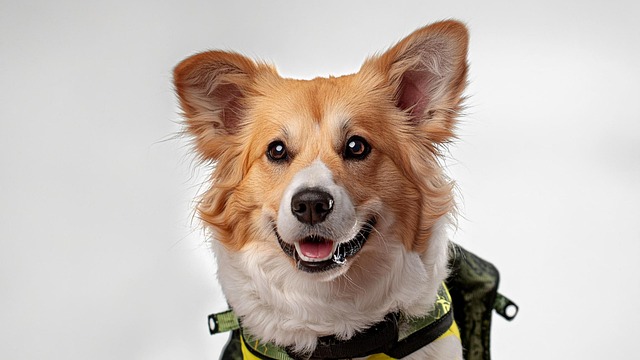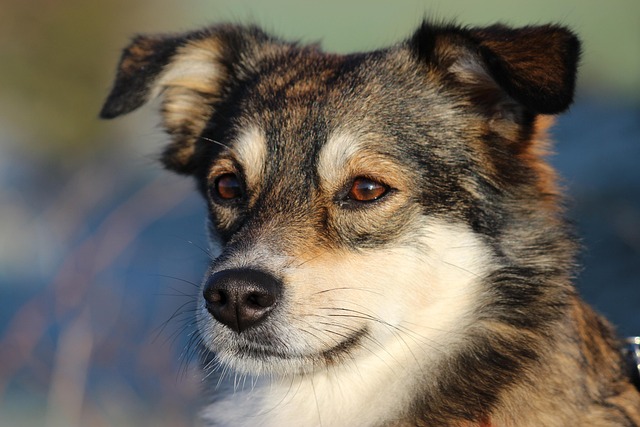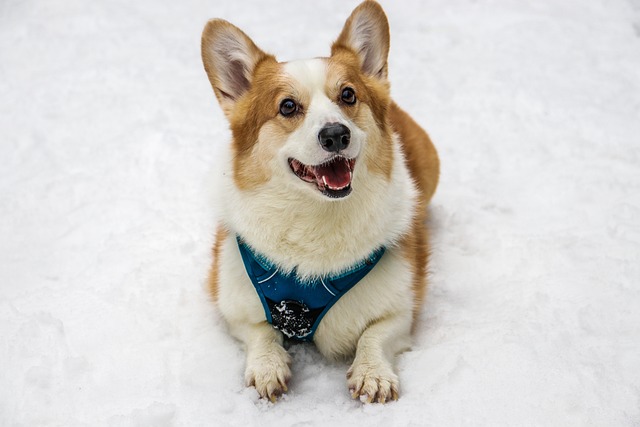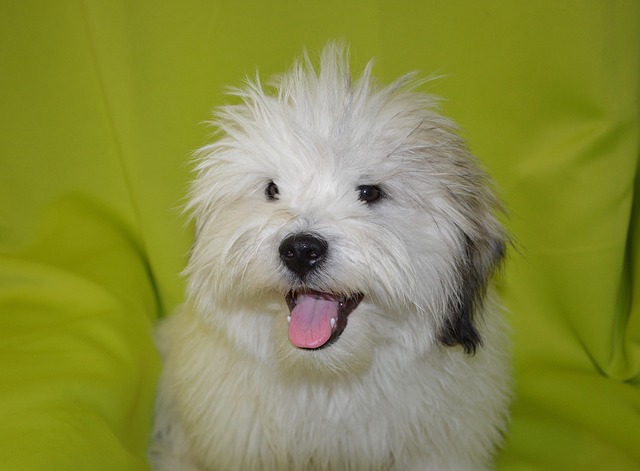
At what age do dogs get food allergies?
When we stroke our fluffy beloved dogs and watch them wagging their tails while enjoying their food, we rarely think that seemingly ordinary food can be an "invisible killer" that harms them.
In the late night pet hospital, under the incandescent light, you watch your dog struggling to move its body, every step accompanied by a slight tremble, and its eyes are full of pain and helplessness. When doctors diagnose a dog with hip dysplasia, a question immediately arises: can this disease heal on its own? As a owner, everyone hopes for a miracle to happen, hoping that their beloved dog can get rid of illness and run happily again. However, reality is often cruel, and we need to face the problem of hip dysplasia in dogs with a scientific attitude and professional knowledge.
Hip dysplasia in dogs is a common hereditary disease, especially in large and medium-sized dog breeds, such as German Shepherd Dog, Labrador, Golden Retriever, etc., with a high incidence rate. Under normal circumstances, a dog's hip joint is composed of the hip socket and femoral head, which work closely together like precision mechanical parts to support the dog's daily activities such as standing, walking, and running. But for dogs with hip dysplasia, the hip socket cannot properly wrap around the femoral head, leading to joint instability. As the dog grows and gains weight, the already underdeveloped hip joint is under increasing pressure, and the joint cartilage will gradually wear out, leading to problems such as bone hyperplasia and synovitis.
From the essence of the disease, hip dysplasia is caused by genetic defects leading to abnormal bone development. This means that developmental abnormalities in the hip joint exist from the moment a dog is born, and these abnormalities gradually worsen over time rather than self repairing. Just like a house with structural defects from the beginning of construction, no matter how time passes, it will not become strong on its own, but will become increasingly dangerous under the erosion of wind and rain. The same goes for hip dysplasia in dogs, which is not caused by accidental external injuries or temporary physical discomfort, but rather by internal and fundamental developmental problems. Therefore, theoretically, this disease cannot heal on its own.

In clinical practice, a large number of cases have also fully demonstrated this point. Many pet owners, upon discovering symptoms of hip dysplasia in their dogs, such as walking with a limp, unwillingness to climb stairs, and reduced physical activity, hold onto a lucky mentality and hope that their dogs can recover on their own, without taking timely and effective treatment measures. However, over time, the dog's condition not only did not improve, but also became increasingly severe. Dogs that were originally able to barely walk have gradually developed to be able to only lie down, and even getting up has become extremely difficult, leading to a serious decline in their quality of life. For example, a owner who keeps golden retrievers noticed something was wrong with their dog's walking when it was young, but when they heard someone say 'the dog can heal on its own', they didn't pay attention. Until the dog was over a year old, the pain had already made it unable to move normally. When it went to the hospital for another examination, it was found that the hip joint was severely worn, and the difficulty and cost of treatment had greatly increased. The owner regretted this deeply.
Although hip dysplasia in dogs cannot heal on its own, it does not mean that sick dogs will spend the rest of their lives in pain. Through scientifically reasonable intervention measures, symptoms can be effectively alleviated and the quality of life of dogs can be improved. For dogs in the early stages of the disease with mild symptoms, conservative treatment can be adopted. Firstly, strict weight control is essential, as for every kilogram of weight gain, the pressure on the hip joints increases significantly. Owners can choose low calorie, high nutrient prescription foods under the guidance of veterinarians, accurately control feeding amounts, and help dogs maintain a healthy weight. At the same time, physical therapy can also play a good auxiliary role, such as swimming. The buoyancy of water can reduce joint pressure and exercise muscle strength; Massage and hot compress can promote local blood circulation and relieve pain. Many owners insist on conservative treatment for their dogs and find that their symptoms have significantly improved. Although they cannot fully recover to normal, they are able to move around more normally.
When the condition of the dog is severe and conservative treatment is not ideal, surgical treatment is a more effective choice. Common surgical methods include total hip arthroplasty and pelvic triple osteotomy. Total hip replacement surgery is a method of implanting artificial joints to completely solve the problem of hip dysplasia and restore normal joint function in dogs; Triple pelvic osteotomy involves changing the force structure of the pelvis, increasing the coverage area of the hip socket on the femoral head, and improving joint stability. Although surgery carries certain risks and relatively high costs, many dogs that undergo surgical treatment can regain their vitality and run and play happily again after a period of rehabilitation training after surgery. Watching the dog, who was once tormented by illness, smile again, all the efforts of the owner become worthwhile.
Every dog is an indispensable member of their owner's family, and when they suffer from illness, the owner's pain and anxiety are indescribable. Faced with hip dysplasia, an incurable disease, we must abandon unrealistic fantasies and use scientific methods and firm determination to build a healthy sky for dogs. Early detection, diagnosis, and treatment are key to improving the condition of dogs. During the treatment process, the host's companionship and care are also crucial. Whether it's carefully prepared nutritious meals every day or patient companionship for rehabilitation training, every detail conveys a deep love for the dog. I believe that with scientific treatment and warm companionship, sick dogs can still have a happy and beautiful life, and continue to create more warm memories with their owners.

When we stroke our fluffy beloved dogs and watch them wagging their tails while enjoying their food, we rarely think that seemingly ordinary food can be an "invisible killer" that harms them.

When the fluffy little dog leaves the warm embrace of its mother dog and starts to face the world independently, its ignorant and dependent eyes make every owner feel affectionate.

In the late night pet hospital, under the incandescent light, you watch your dog struggling to move its body, every step accompanied by a slight tremble,

When our furry friends at home scratch frequently, sneeze incessantly, or show symptoms such as diarrhea and ear inflammation, the hearts of every pet owner are gripped with worry.

When you squat down and want to stroke that once fluffy Corgi, your palm gets covered with large amounts of dog hair.

When the furry little golden fur happily falls into your arms, with a faint odor or soil left behind from playing, bathing it becomes a necessary and challenging task.